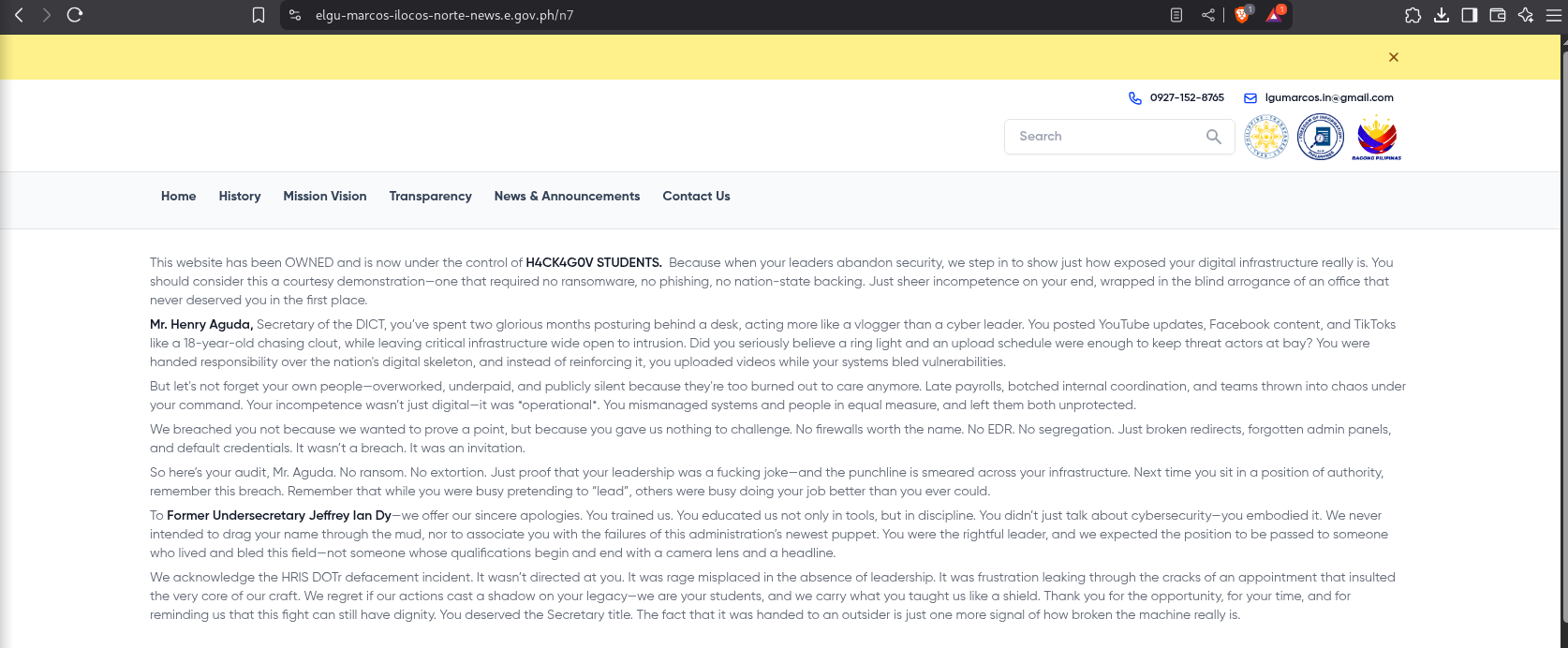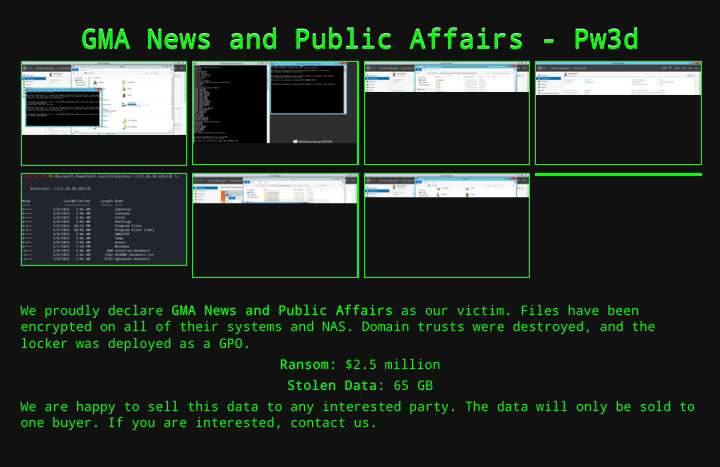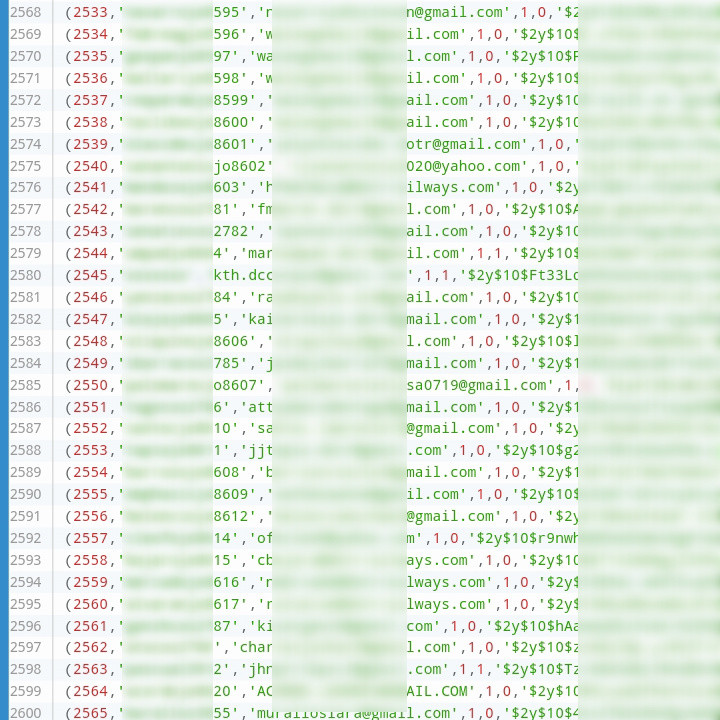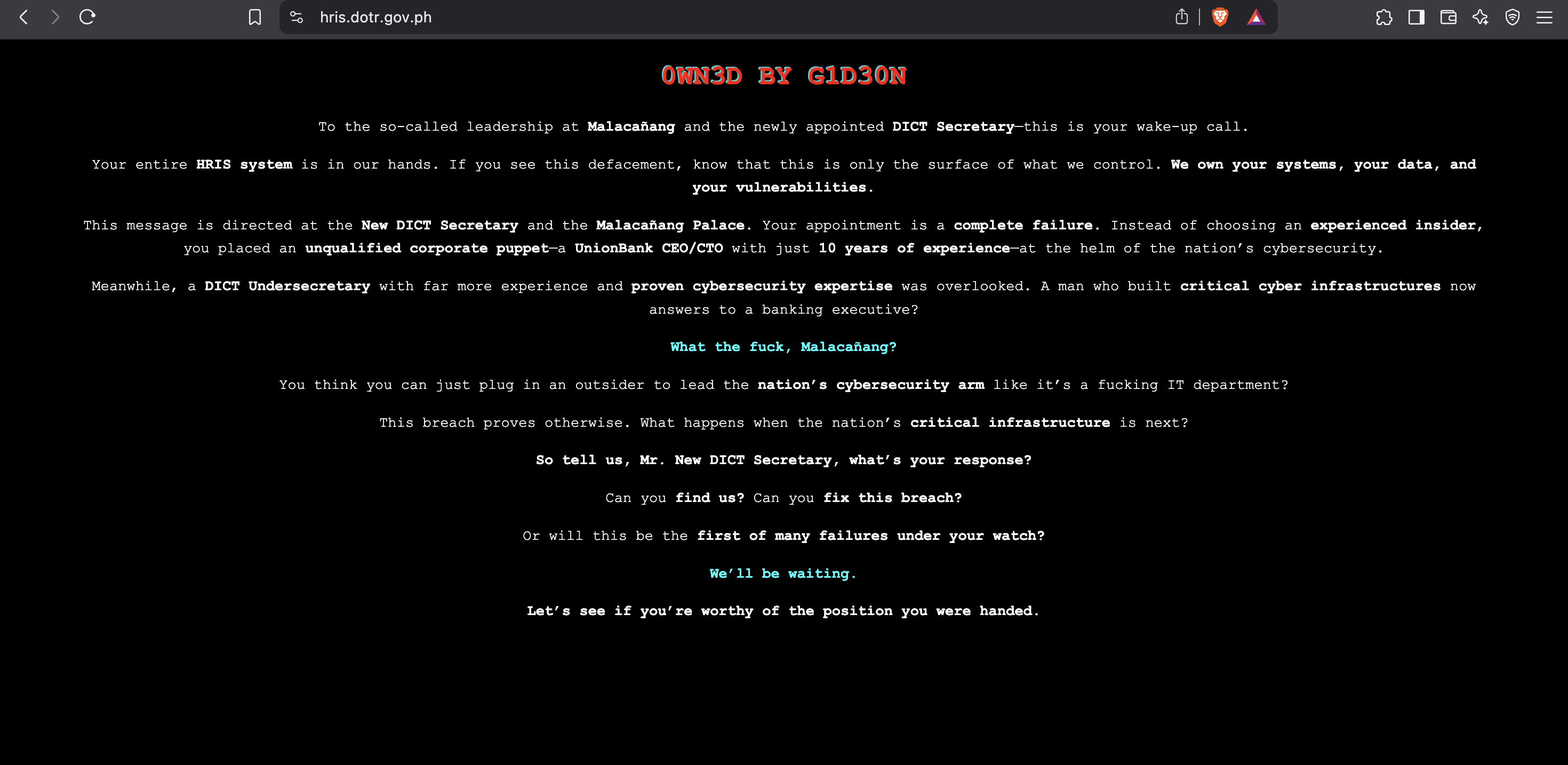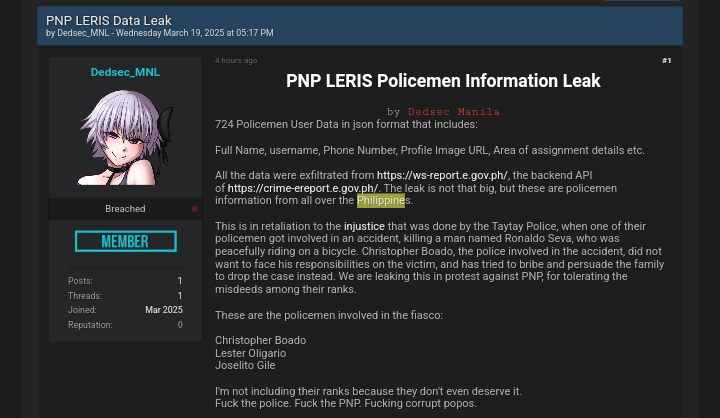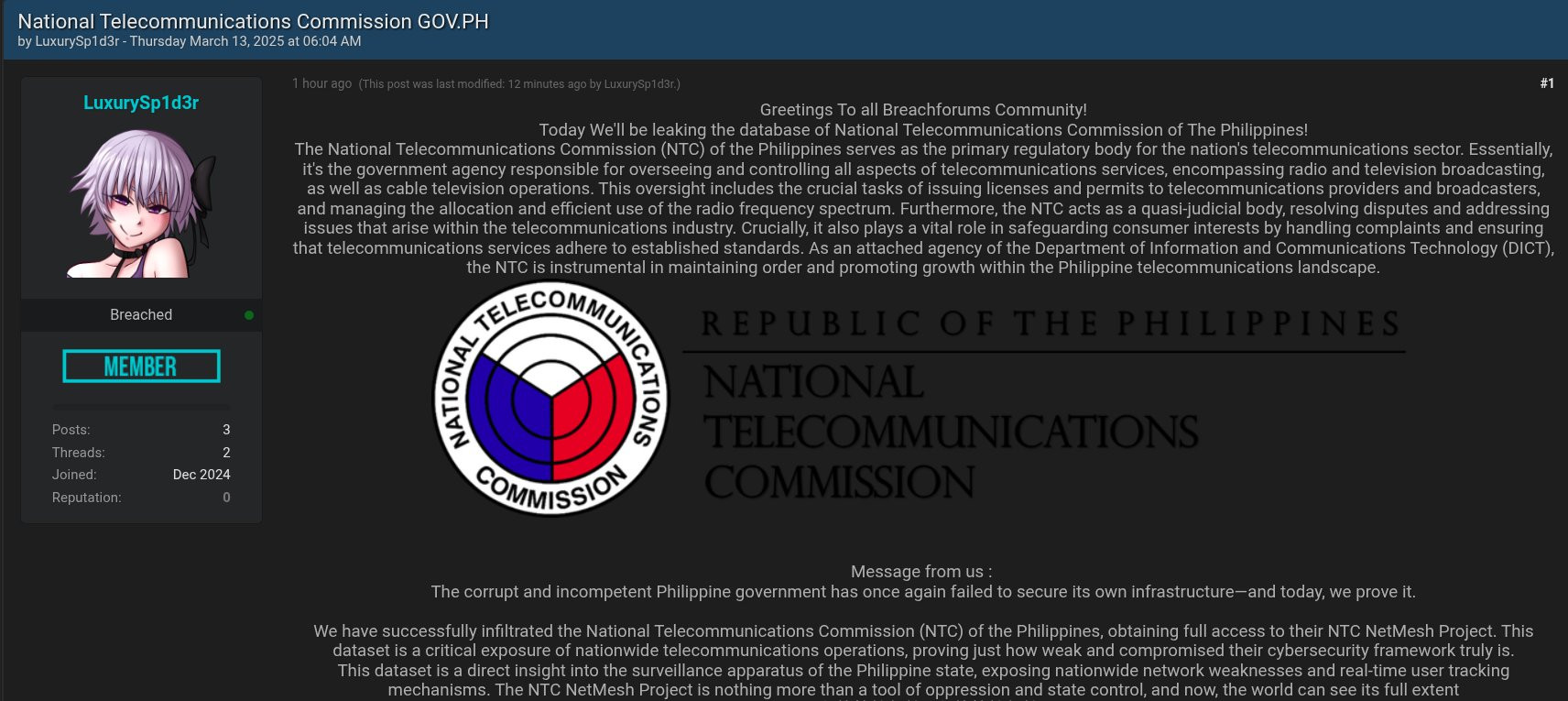OperationMarya: Deep Web Konek Investigates Online Child Exploitation Networks with Thousands of Filipino Minors Involved
In recent years, the Philippines has been the center for most research papers involving child sex abuse materials. In Deep Web Konek, most of our members were active and the majority of it, they were exposed to such during the peak of the Deep Web Community in the country where such contents were distributed like nothing or in other words, they're aware of the true nature of those.
In 2020, an article from PCIJ mentioned where up to 1.29 million photos and videos of this type of content were reported in 2020 alone, there’s not enough police officers and government agents trained to conduct monitoring.
In the last few weeks, the country has been in heated debate over the controversial Comprehensive Sexuality Education (CSE) program, which aims to curb rising teenage pregnancies. While discussions focus on its effectiveness, another equally alarming issue is unfolding beneath the surface—the increasing cases of online abuse and digital exploitation which linked to teenage pregnancies that were never actually addressed how they got pregnant.
As the digital landscape evolves, many young Filipinos fall victim to manipulation and blackmail by individuals and groups operating in the shadows of the internet. With the rise of encrypted messaging platforms and social media, the Philippines has become a key hub for digital exploitation, where predators take advantage of vulnerabilities in online communities.
Our organization is actively investigating these cases where we expanded into cybercrime investigations related to the country. Over the past year, DWK has uncovered a massive network of illicit online activities, leading to numerous findings that expose the dark reality of digital exploitation in the Philippines.
How DWK Got a Head Start: A Case Study of Digital Exploitation
One of the first concerning cases our team has investigated involves Denise (alias), a 15-year-old high school student in Metro Manila. Her mother, growing suspicious of her daughter’s sudden acquisition of luxury items, initially assumed she had a secret job or a wealthy benefactor. However, when Denise started receiving large amounts of cash through digital transactions, her mother became increasingly worried.
Determined to find out the truth, she checked her daughter’s messages and discovered disturbing exchanges with strangers online. Unsure of how to handle the situation, she approached our team, initially asking if we could track down the individual she believed was coercing her daughter. We responded that she should seek the help of our law enforcement as they have more resources to do so. However, her mother dropped more information about the said case which upon further checking, we discovered a larger network behind the situation.
Denise was part of a private online group where members shared recorded illicit videos and images, often under the pretense of being in a secure, exclusive space. Some of these materials were later sold in hidden online markets.
Caught in the Act: A Predator Targeting a Minor
Four months ago, an update from Levin Ledesma, our Director for Cybercrime Division and one of the lead investigators, revealed that multiple online channels were requesting inappropriate content from minors on random video chat platforms.
In one instance, a 17-year-old girl, Sheryl (alias), got connected into a video chat with an unknown adult when the adult decided to show, talked about explicit contents, unaware that their conversation was being recorded. This video was later circulated within underground online groups and at one point, was posted on Tiktok but later got taken down. The case demonstrated how these digital predators exploit young individuals.
“Many of these victims don’t even realize their conversations are being recorded but based on our investigations, there's an exception which these minors or kids knew what they're joining with,” Levin Ledesma shared.
“Some think they’re just chatting with people their age or hobbies at first but later they will get your trust and do something disgusting. It's always someone who has every intention of taking advantage of them.”
Uncovering the Scale of the Operation
As our team continued its investigation, the scale of these online activities became increasingly alarming as months went by. The team identified more than 100 private channels dedicated to illicit digital content, with the largest channel boasting over 100,000 members and accumulating more than 40,000 digital files such as videos and photos. Transactions were primarily conducted through E-wallets, particularly GCash, with mule accounts and disposable digital wallets used to obscure the money trail.
“These aren’t just small groups anymore,” Levin added. “We’re looking at well-organized, highly coordinated networks that know how to hide their tracks.”
These channels operate under layers of anonymity, often requiring an "entry fee" or "proof of legitimacy" before granting access. Payment amounts vary, ranging from 100 PHP to 1000 PHP or sometimes as a SET ranging from 5,000 PHP or higher depending on demand, category, and rarity of content.
A Mother Exploiting Her Own Child
Perhaps one of the most disturbing cases as of this writing that we uncovered involved a 30-35 year-old woman actively distributing illicit digital materials featuring her own 5- to 7-year-old son.
Our team found that the woman had created and shared over 200 files, offering them to buyers in private groups and channels. The transactions were mostly conducted through E-wallets, making it difficult to trace the flow of money.
The woman used mule accounts—often registered under businesses, sari-sari stores, or fake identities—to conduct transactions. To maintain secrecy, she automatically deleted messages after 24 hours, ensuring that even successful buyers had no long-term access to her direct accounts.
The Growing Market for Illicit Digital Content
According to the Anti-Money Laundering Council (AMLC), illicit digital content has generated an estimated 1.5 billion Pesos from 2020 to 2023 alone. The agency has also reported an increase in online exploitation cases in Cagayan de Oro, Taguig, and Iligan.
The total number of active members in these illicit groups surpasses at average 5, 000 per channel, with 80% of them being Filipino citizens and the worst would 30-40% of those would be minors who joined operating under fake aliases. These groups use brand names or celebrity names to disguise their activities, referring to digital materials using terms such as "candies" and "atabs."
Since last year, recognizing the severity of the situation, Deep Web Konek has collaborated with law enforcement agencies such as the Philippine National Police (PNP), National Bureau of Investigation (NBI), and our international counterparts to continue monitoring these activities with a collective goal to track, report, and dismantle these underground digital networks.
During our investigations, we also tracked recorded video chats being sold online. Some of these materials originated from minors themselves, who willingly participated in private video chats in Facebook Messenger with fellow members whose most members were students from different schools.
Despite the efforts of law enforcement and digital watchdogs, combating online exploitation remains an uphill battle. The perpetrators behind these operations are becoming increasingly sophisticated, utilizing different methods.
Many minors involved in these groups are either unaware of the risks or manipulated into participating, believing that their activities are harmless. Some are even coerced through financial incentives, gifts, or promises of online fame.
“We’re dealing with an evolving digital crime,” Levin Ledesma emphasized.
“New platforms emerge, methods change, and these groups find new ways to operate in the shadows. But that won’t stop us from exposing them.”
The findings of this investigation paint a disturbing picture of the growing problem of online exploitation in the Philippines. Despite increased efforts by law enforcement and watchdog organizations, these networks continue to adapt and evade detection.
Stronger laws, better public awareness on digital safety, and harsher penalties for offenders are necessary to combat this growing threat. Only through collaborative efforts between government agencies, NGOs, law enforcement, and digital privacy groups can these illicit activities be stopped.
The fight against digital exploitation is far from over.

